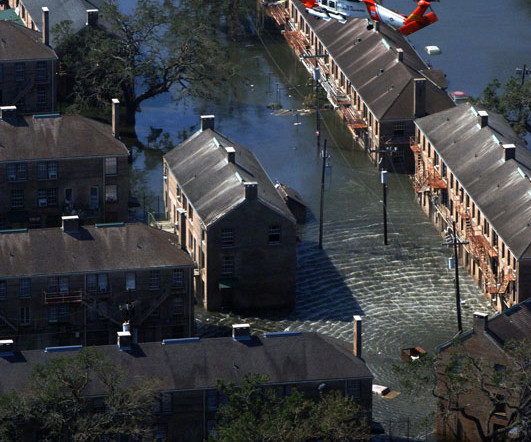A Closer Look at Some Assembly Occupancy Requirements
National Fire Protection Association
SEPTEMBER 17, 2022
The fire at a Thai nightclub in early August 2022 was all too familiar. The smoke developed index is the same range for all three classifications. Additionally, NFPA 101 prohibits the means of egress for assembly occupancies from going through hazardous areas such as kitchens, storerooms, closets, stages, and platforms.












Let's personalize your content